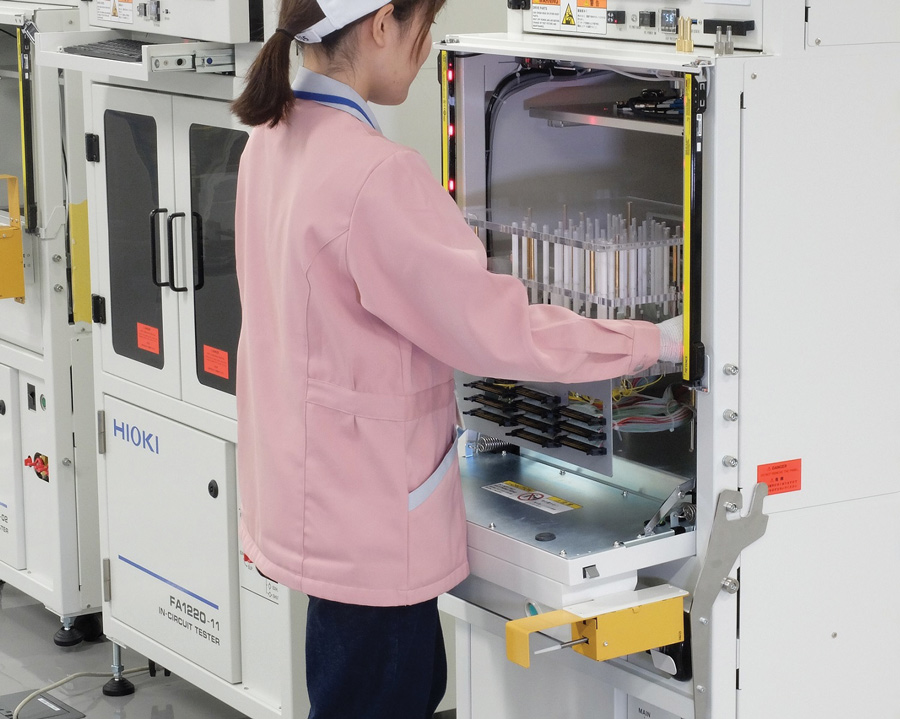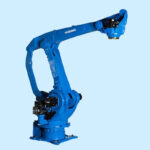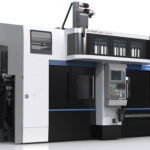ASIA ELECTRONICS INDUSTRYYOUR WINDOW TO SMART MANUFACTURING
HIOKI’s New In-Circuit Tester Improves Efficiency
HIOKI E.E. CORPORATION has released the FA1220-02 in-circuit tester, a testing system that guarantees the mounted board is of the same quality as the product in the electrical inspection.
A jig-type in-circuit tester performs inspection by attaching all probes of the test fixtures above and at the bottom of the probing section in contact with the circuit board to be inspected using the press mechanism. Test fixtures refer to inspection jigs that are embedded with contact probes (inspection pins) aligned with predetermined inspection points. As inspection points differ from one circuit board to another, it is necessary to exchange fixtures.
Conventionally, the lower fixture was raised and set into the frame of the tester first. Then, the upper fixture was mounted. Following that, the upper and lower fixtures were connected by a connecting cable.

Features of In-Circuit Tester
FA1220-02 adopts the slide-in mechanism that allows the opening to be widened to facilitate the setting of fixtures. The cover at the front of the tester can be pulled down and set at a low position, thus reducing the load on the worker.
HIOKI has also re-examined the structure of test fixtures to enable storage and installation and removal with the upper and lower fixtures in a stacked state, thereby reducing the storage space. It has also become possible to set the fixtures with the connection cable attached.
As an option prior to shipment, a one-touch connector that connects the test fixtures and the system can be incorporated, eliminating the connection work of fixtures and system. It is automatically connected through a touch panel, securing firm contact of connectors.
Achieving high integration of the measurement section, FA1220-02 with 2,048 pins at the maximum (with 16 scanner boards) maintains the same installation area as the previous model with 1,536 pins at the maximum. Also, the inspection data and fixtures of the previous model have upward compatibility.
HIOKI expects the use of the in-circuit tester for the inspection of printed circuit boards that are mounted in industrial equipment for which high reliability is required, such as electronic components of automobiles and robots.
HIOKI intends to promote the in-circuit tester in North America, Central and South America, countries in Asia and east Europe, as well as in Japan.




